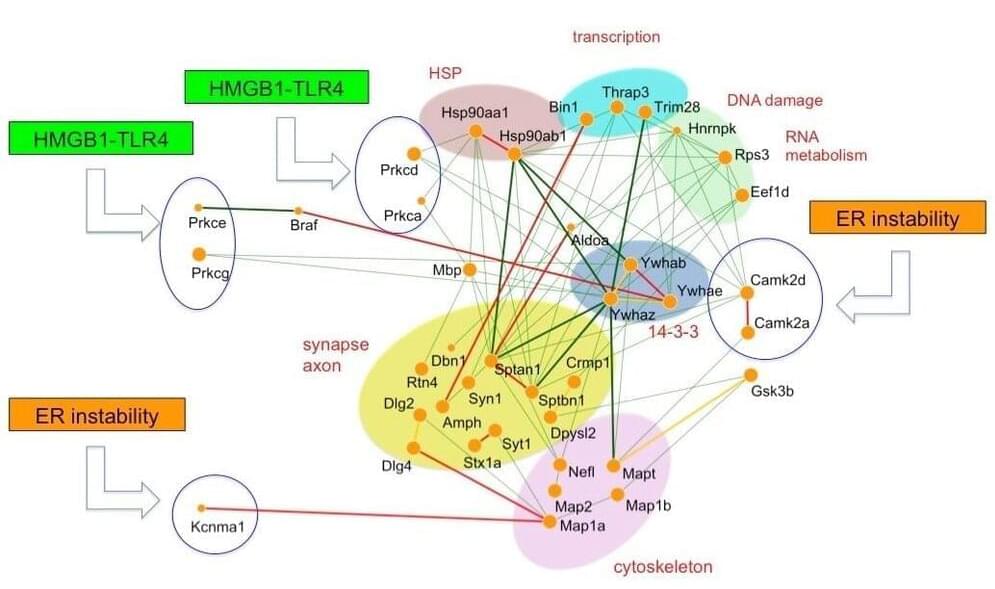Microsoft on Wednesday announced a new passwordless mechanism that allows users to access their accounts without a password by using Microsoft Authenticator, Windows Hello, a security key, or a verification code sent via SMS or email.
The change is expected to be rolled out in the coming weeks.
“Except for auto-generated passwords that are nearly impossible to remember, we largely create our own passwords,” said Vasu Jakkal, Microsoft’s corporate vice president for Security, Compliance, and Identity. “But, given the vulnerability of passwords, requirements for them have gotten increasingly complex in recent years, including multiple symbols, numbers, case sensitivity, and disallowing previous passwords.”








